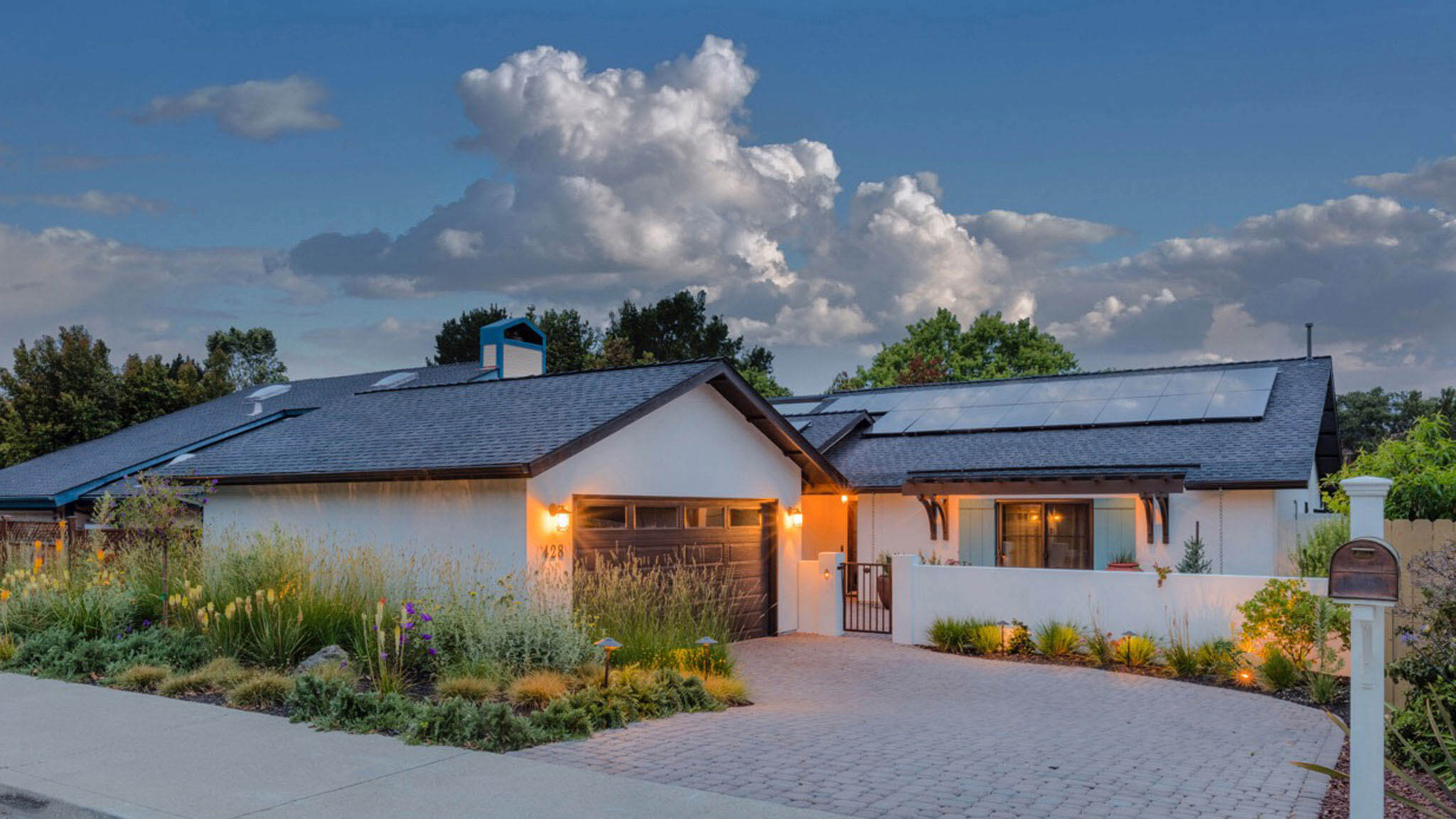Here’s a solar industry secret: all solar panels generate the same amount of electricity on a per watt basis. In other words, twenty 300 watt panels will generate exactly the same amount of electricity as twenty-five 240 watt panels. Indeed, there are objective differences in panel cost, efficiency, aesthetics and ease of installation — and now with the upcoming tariff, even availability. But differences such as brand, assembly quality, country of origin and projected degradation rates are much more subjective since they are based on manufacturer’s claims and not based on objective third party studies.
Solar panels pretty much all look the same, use the same basic construction techniques, have similar warranties, and are built with the same type of solar cells. I used to consider company size as a good indication of quality and industry staying power. But I was wrong. I looked at ten years of data, and none of the top ten solar manufacturers from 2001 are still in business in the U.S. today. 51 of the top ten companies from 2001 to 2010 went bankrupt, sold out, or were no longer in business in 2010. Country of origin is no indication of quality. And bizarrely, I have seen an inverse relationship between the claimed length of product warranties and the actual durability of equipment in the field. In other words, companies that claimed to have the longest or best warranties were often the first ones to disappear. I expect similar patterns over the next 10 years.
So how does a consumer decide which solar panels are best? Find a solar contractor who has been in business for a long time and trust their advice. These experienced contractors have seen equipment suppliers come and go. They select panels, inverters and mounting systems that are reliable from companies they trust. They strive to keep future maintenance work to an absolute minimum, and train their employees not to cut corners. For more practical tips about selecting solar equipment for your roof, Listen Up to the Energy Show on Renewable Energy World.

